Elementary Informal Education | Daily Do
How Can Light Make Dark Shadows and Bright Reflections?
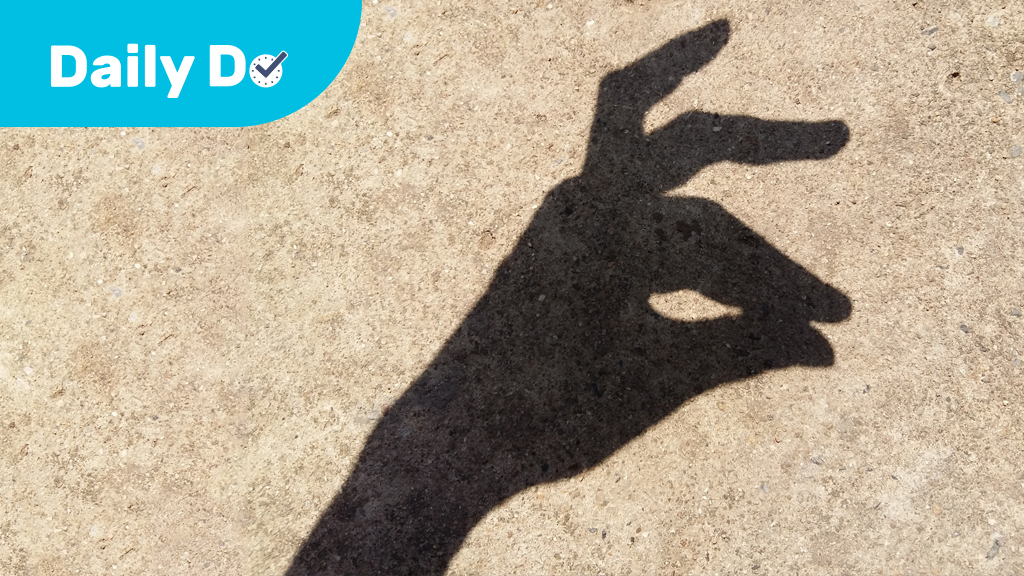
Crosscutting Concepts Disciplinary Core Ideas Engineering Is Lesson Plan Literacy NGSS Phenomena Physical Science Science and Engineering Practices STEM Three-Dimensional Learning Elementary Informal Education Grade 1
Sensemaking Checklist




Welcome to NSTA's Daily Do
Teachers and families across the country are facing a new reality of providing opportunities for students to do science through distance and home learning. The Daily Do is one of the ways NSTA is supporting teachers and families with this endeavor. Each weekday, NSTA will share a sensemaking task teachers and families can use to engage their students in authentic, relevant science learning. We encourage families to make time for family science learning (science is a social process!) and are dedicated to helping students and their families find balance between learning science and the day-to-day responsibilities they have to stay healthy and safe.
Interested in learning about other ways NSTA is supporting teachers and families? Visit the NSTA homepage.
What Is Sensemaking?
Introduction
In today's task, How Can Light Make Dark Shadows and Bright Reflections?", students and their families read the NSTA e-Book Thinking Like A Scientist: The Amazing Light Show, which engages them in science and engineering practices and the use of patterns and cause and effect as thinking tools (crosscutting concepts) to figure out relationships between light and shadow and light and reflection.
Preparation
Before you invite your students to read aloud or read along with you, take a few minutes to become familiar with the e-Book and suggested supporting resource(s).
STEP 1. Watch the author video for guidance on how to best use the Think Like a Scientist: The Amazing Light Show e-Book with your students.
STEP 2. Open the Think Like A Scientists: The Amazing Light Show e-Book. This book can be divided into four big science ideas (even though written in two "acts"):
- Shadow size and an object's distance from light source are related. (pp. 4–6 and 14)
- Some materials allow light to pass through and others do not. (pp. 9–10)
- Shadow length and the angle at which light strikes the object are related. (pp. 11–12)
- Mirrors (and other reflective surfaces) can redirect light. (pp. 15–20)
Consider teaching only one task each day.
STEP 3. Gather materials needed to complete the tasks (see each individual task for a list of required materials).
Now you're ready to begin today's task!
Note: The Amazing Light Show's many interactive features allow students and families to explore shadows and reflections with Liz, Sam, and Meow the Magnificent. Below are additional opportunities the e-Book provides for students and their families to engage in the science and engineering practices to make sense of science ideas.
Engaging Students With the e-Book
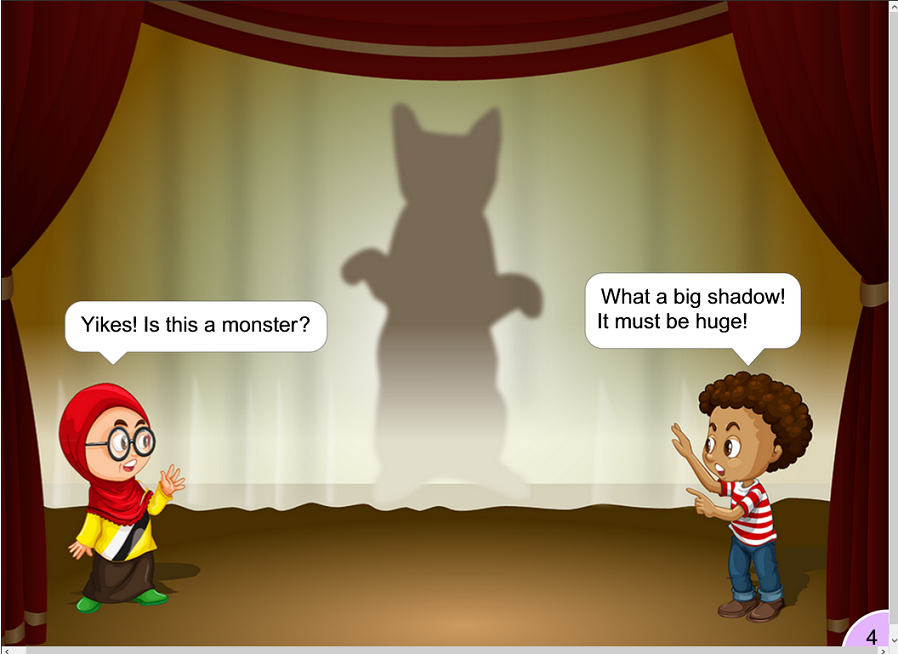
SHADOW SIZE (pp. 4–6 and 14)
After you read page 5 together, consider engaging students in the following task before returning to the story.
Note: If you plan to teach all four tasks, you might consider beginning with the second task (some materials allow light to pass through them) to determine which material(s) block light, then use that material to darken the room for this task.
This activity first appeared in the Why Is My Shadow Always Changing? Daily Do. Refer to this Daily Do for background on using formative assessment probes with students.
Materials (per student)
- Shadow Size formative assessment probe (print or share screen)
- paper (any type will work)
- scissors
- tape
- pencil or craft stick
- flashlight
Share the Shadow Size formative assessment probe with your students. Ask them, "How do you think you can make a shadow bigger?" Ask students to choose the response they agree with and share their thinking using talk, text (write response), pictures, and/or gestures. Welcome all students' ideas and experiences with shadows.
Tell students, "Let's see if we can figure out how we can change the size of a shadow."
Help students create a "wand" to test their ideas about shadows:
- Draw a simple shape (circle, triangle, etc.) on paper, then cut it out. The shape should be about the size of an adhesive note (it can be a little bigger or a little smaller).
- Place the shape near the top of a pencil/craft stick, then attach it with tape.
Make the room as dark as you can (don't worry if you can't hide all of the light). Give students their flashlight and ask them to shine it on their paper shape. Ask, "Do you see your paper shape's shadow?" Make sure students can point out the shadow before continuing.
Let students explore how to make the shadow cast by their paper shape larger or smaller.
Guide students to look for cause-and-effect relationships (use cause and effect as a tool for thinking) between shadow size and the distance of their paper shape from the flashlight. For example, you might ask students to independently complete these sentences in their science notebook or on blank paper (with assistance as needed):
- When I move the flashlight closer to my paper shape, the shadow _____.
- When I move the flashlight farther away from my paper shape, the shadow ____.
Ask students to turn and talk with a partner to compare their observations. Do they agree on how to make the largest and smallest shadow?
Next, ask students pairs to use the cause-and-effect relationships they identified to create a really big shadow (pause and allow students to do this, then encourage them to look around the room to see how other students created a really big shadow) and a really small shadow.
Turn the lights on and collect flashlights.
Revisit the Shadow Size formative assessment probe with students. Give students time to think about their new experiences with shadows and choose a response. Ask students, "What did you notice in the investigation that makes you agree with this response?" This question prompts students to support their claim (the response they chose) with evidence from their data (what they noticed in the investigation).
Return to the story. On page 6, ask students, "How can we make Meow the Magnificent's shadow the biggest?" Before they respond, you might direct them to the cause-and-effect relationships they identified.
Turn to page 14 and ask students to use the cause-and-effect relationships they identified to place the potted plant in the correct location to create each shadow shown.
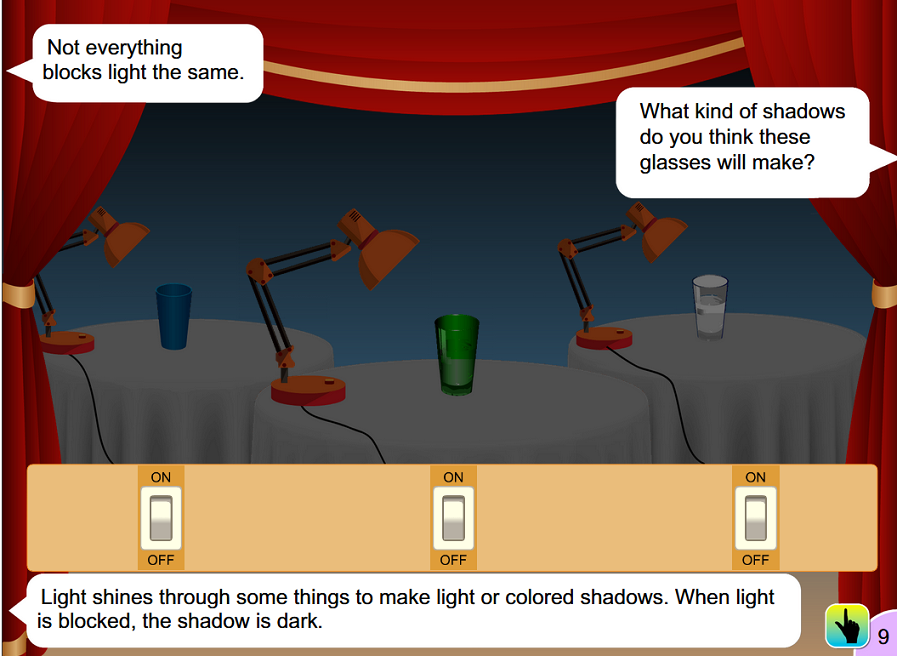
SOME MATERIALS ALLOW LIGHT TO PASS THROUGH THEM (pp. 9–11)
Before you "turn on the lights" on page 9, consider engaging your students in the following task.
Materials
- flashlight (desk lamp will also work)
- pieces of at least 6 different materials (aluminum foil, wax paper, cardboard, cheesecloth, screen, clear plastic, etc.)
Note: Using at least one reflective material in this task will support student sensemaking in task 4 (mirrors).
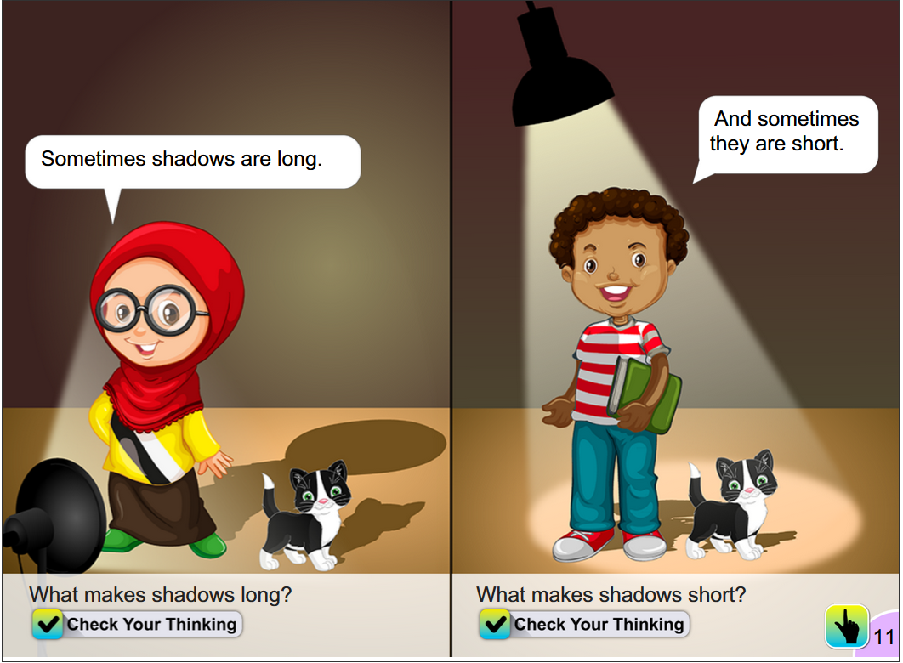
SHADOW LENGTH (pp. 11–12)
How Can We Use Data to Predict the Length of a Shadow? is a Daily Do lesson exploring shadow length. This lesson is more appropriate for upper-elementary students, but their younger siblings can participate with them.
This task is more appropriate for upper-elementary students, but their younger siblings can participate with them.
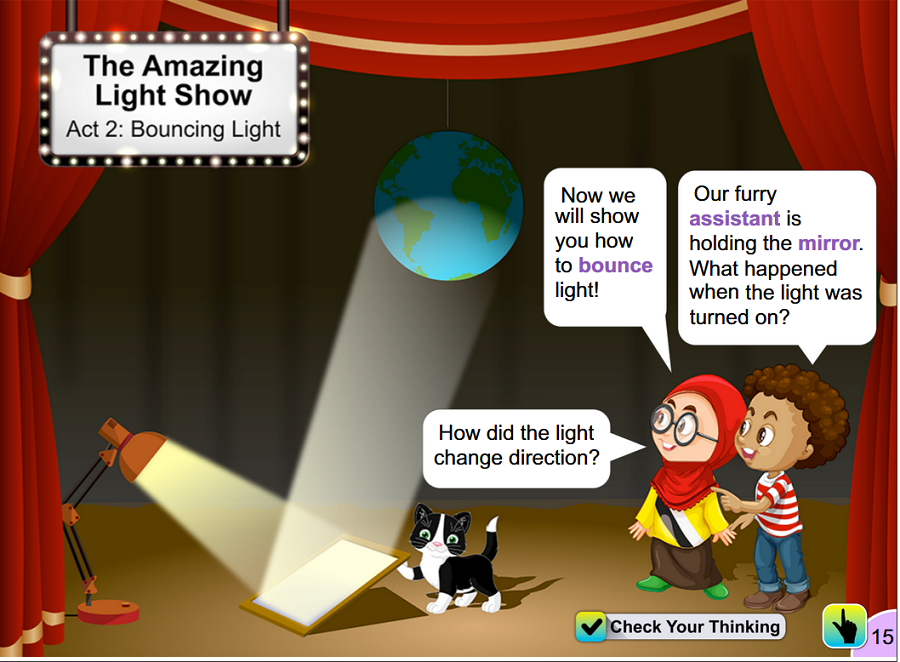
MIRRORS (pp. 15–20)
Before reading pages 15–20, gather the following materials to engage students in the activities described on page 17.
Materials
- flashlight
- dark cloth
- shiny metal
- pan of water


